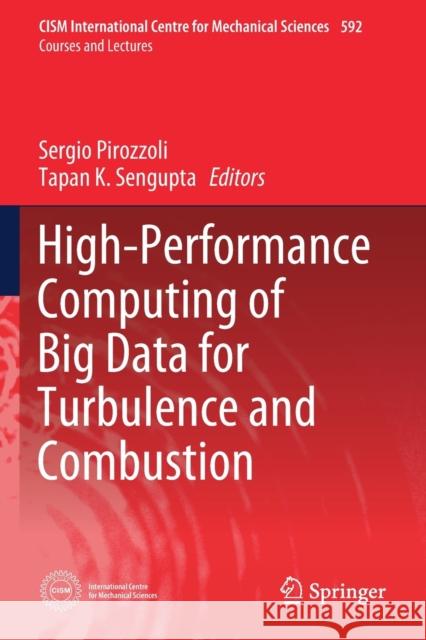High-Performance Computing of Big Data for Turbulence and Combustion » książka
topmenu
High-Performance Computing of Big Data for Turbulence and Combustion
ISBN-13: 9783030170141 / Angielski / Miękka / 2020 / 250 str.
High-Performance Computing of Big Data for Turbulence and Combustion
ISBN-13: 9783030170141 / Angielski / Miękka / 2020 / 250 str.
cena 384,63 zł
(netto: 366,31 VAT: 5%)
Najniższa cena z 30 dni: 382,84 zł
(netto: 366,31 VAT: 5%)
Najniższa cena z 30 dni: 382,84 zł
Termin realizacji zamówienia:
ok. 20 dni roboczych.
ok. 20 dni roboczych.
Darmowa dostawa!
Kategorie:
Kategorie BISAC:
Wydawca:
Springer
Seria wydawnicza:
Język:
Angielski
ISBN-13:
9783030170141
Rok wydania:
2020
Wydanie:
2019
Numer serii:
000144392
Ilość stron:
250
Waga:
0.37 kg
Wymiary:
23.39 x 15.6 x 1.4
Oprawa:
Miękka
Wolumenów:
01
Dodatkowe informacje:
Wydanie ilustrowane











